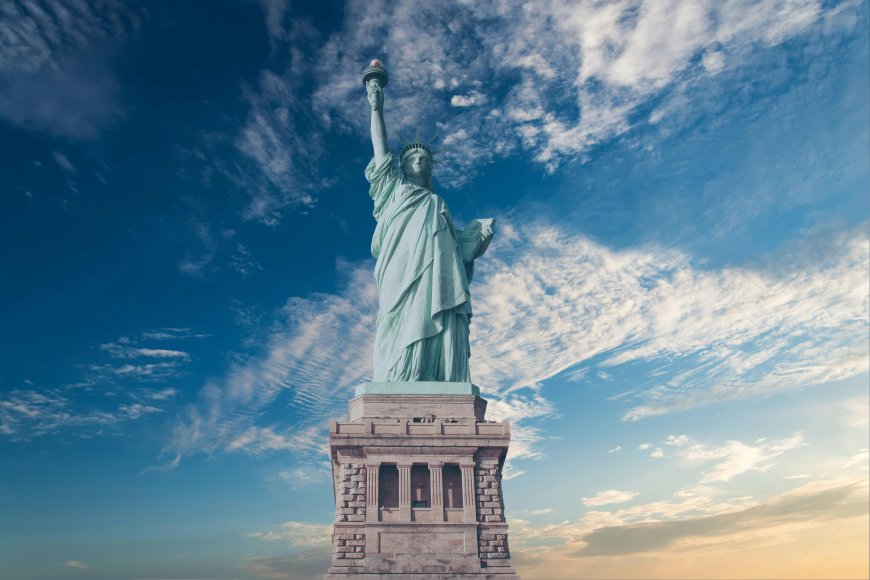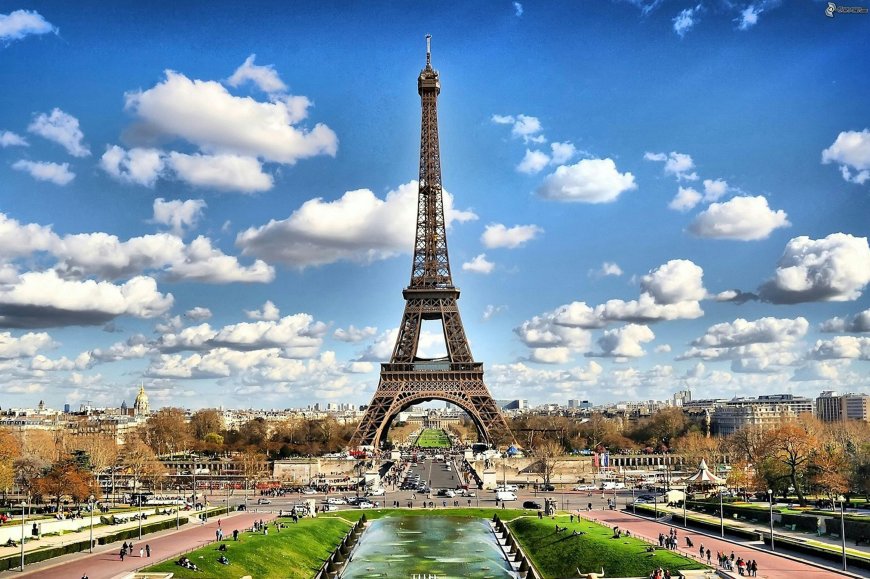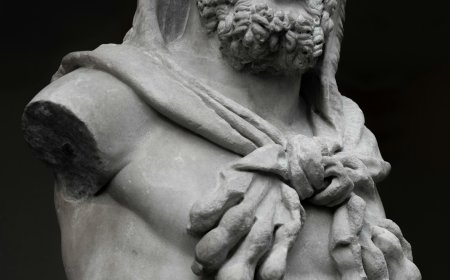Historic Landmarks Everyone Should Know
Discover the world’s most iconic historic landmarks that shaped culture, history, and civilization.

History isn’t just written in books; it’s etched into stone, carved into monuments, and built into architectural wonders. From ancient ruins to modern memorials, historic landmarks serve as windows into humanity’s collective past. They are reminders of triumph, tragedy, innovation, and resilience—standing as symbols of who we are and where we’ve come from.
In this article, we’ll journey across the globe to explore some of the most significant historic landmarks everyone should know.
The Enduring Mystery of the Pyramids of Giza
Rising from the sands of Egypt for over 4,500 years, the Pyramids of Giza remain one of the world’s greatest architectural feats. Built as tombs for pharaohs, they symbolize ancient Egypt’s wealth, power, and spiritual devotion.
Despite centuries of study, scholars still debate how such colossal structures were constructed with the limited tools of the time. For travelers, the sight of the pyramids glowing under the desert sun offers a humbling connection to a civilization that flourished millennia ago.
The Colosseum: Rome’s Eternal Stage
No landmark better represents ancient Rome than the Colosseum. Completed in 80 AD, this amphitheater once hosted gladiatorial battles, public spectacles, and political propaganda. With a capacity of nearly 50,000 spectators, it was a marvel of engineering and a reflection of Roman society’s thirst for entertainment and control.
Today, as visitors walk through its crumbling arches, they are transported back to a time of emperors, roaring crowds, and brutal contests.

The Great Wall of China: A Monument of Protection
Stretching more than 13,000 miles, the Great Wall of China is one of the most ambitious construction projects in human history. Built over centuries to defend against invasions, it also served as a symbol of China’s unity and determination.
The wall winds through deserts, mountains, and grasslands—an enduring reminder of the sacrifices of the laborers who built it. To stand on its ancient stones is to touch the resilience of a civilization that shaped much of Asia’s history.
Machu Picchu: The Lost City of the Incas
High in the Peruvian Andes lies Machu Picchu, a breathtaking city hidden in the clouds. Built in the 15th century by the Inca Empire, its precise stonework and dramatic terraces reveal advanced engineering skills.
Rediscovered in 1911, Machu Picchu has become a global symbol of indigenous ingenuity and harmony with nature. Its misty mountains and mystical aura leave visitors with a sense of awe and wonder.
The Eiffel Tower: A Modern Icon
While ancient landmarks tell stories of empires, the Eiffel Tower in Paris represents modern innovation. Built for the 1889 World’s Fair, it was initially criticized as an eyesore. Today, it stands as one of the most recognized symbols of romance, art, and culture worldwide.
At night, its twinkling lights draw millions of visitors who come to experience the magic of Paris and its enduring spirit of creativity.
The Statue of Liberty: A Beacon of Hope
Gifted by France to the United States in 1886, the Statue of Liberty is more than a landmark—it is a symbol of freedom and democracy. For millions of immigrants arriving in New York, it was their first glimpse of a new life.
Standing tall with her torch raised high, Lady Liberty continues to embody the values of opportunity and justice that define America’s identity.
The Taj Mahal: A Monument to Love
In Agra, India, the Taj Mahal shines like a jewel of white marble. Built in the 17th century by Emperor Shah Jahan in memory of his wife Mumtaz Mahal, it is one of the most stunning examples of Mughal architecture.
Its intricate carvings, perfect symmetry, and reflecting pools tell a story of eternal love and devotion. The Taj Mahal is not just a landmark—it is poetry in stone.
Storytelling Spotlight: Standing at Ground Zero
One of the most emotional historic landmarks of modern times is the 9/11 Memorial in New York City. Standing at Ground Zero, where the Twin Towers once rose, visitors experience silence, reflection, and grief. The names etched into bronze panels remind us of lives lost, while the fountains symbolize resilience and rebirth.
For many Americans and international visitors alike, it is a landmark not just of tragedy but of unity, reminding the world of the human spirit’s strength in the face of devastation.
Why Historic Landmarks Matter
Historic landmarks are more than tourist attractions. They:
- Preserve cultural identity – They keep traditions alive.
- Educate future generations – They bring history to life.
- Inspire awe and reflection – They remind us of human achievement.
- Connect humanity – They are shared symbols across nations.
By visiting and protecting these landmarks, we ensure that history remains alive for generations to come.
Conclusion: Guardians of Human Legacy
From the deserts of Egypt to the skyscrapers of New York, historic landmarks are timeless storytellers. They remind us of empires built and lost, of human ingenuity, of love and sacrifice, of tragedy and resilience.
To know these landmarks is to know ourselves. They are not just relics of the past—they are guardians of human legacy.
FAQs
Q1: What is the most visited historic landmark in the world?
The Eiffel Tower and the Great Wall of China are among the most visited.
Q2: Which landmark is considered the oldest?
The Pyramids of Giza, built around 2560 BC, are among the oldest.
Q3: Why are landmarks important?
They preserve culture, educate societies, and inspire future generations.
Q4: What landmark symbolizes freedom the most?
The Statue of Liberty is globally recognized as a symbol of freedom.
Q5: Can landmarks still be built today?
Yes, modern memorials like the 9/11 Memorial show that new landmarks continue to shape history.
আপনার প্রতিক্রিয়া কী?
 পছন্দ
0
পছন্দ
0
 অপছন্দ
0
অপছন্দ
0
 ভালোবাসা
0
ভালোবাসা
0
 মজার
0
মজার
0
 রাগান্বিত
0
রাগান্বিত
0
 দুঃখজনক
0
দুঃখজনক
0
 বাহ
0
বাহ
0



























































